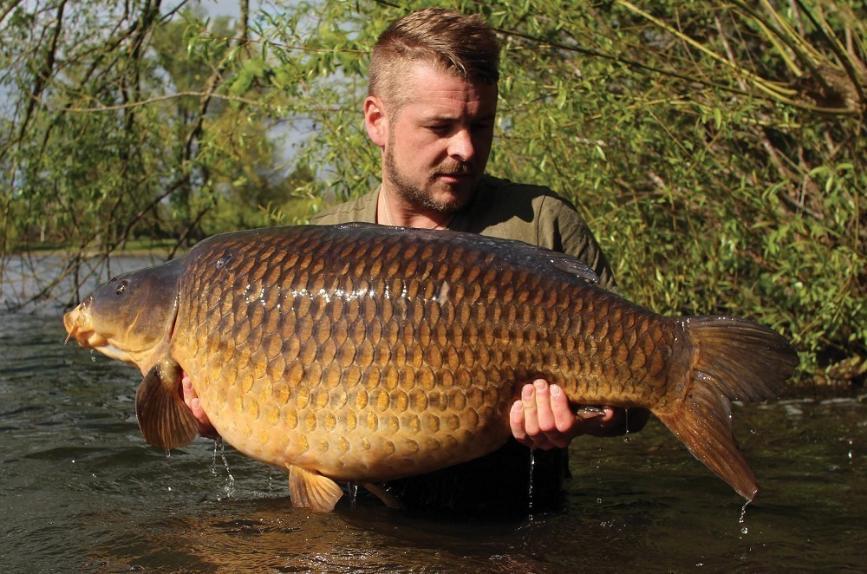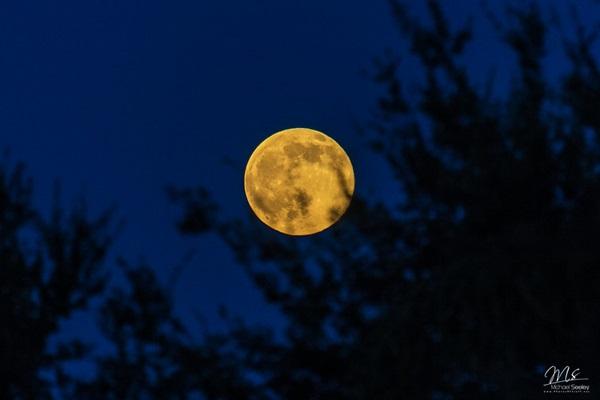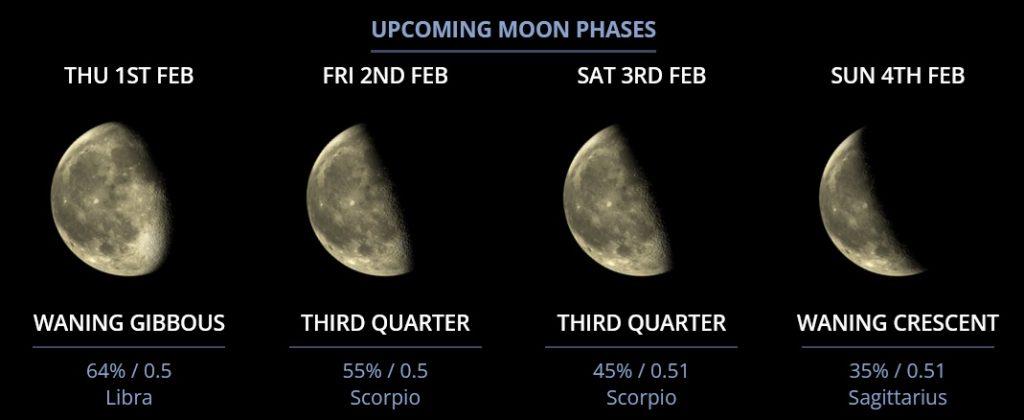Many anglers swear the moon has a direct influence on carp fishing — others call it pure coincidence. But when the same names, venues, and catches keep cropping up around certain lunar phases, it’s hard to ignore.
This guide explains how moon phases can affect carp behaviour, feeding times, and your results on the bank. We’ll cover what the science says, what real anglers have observed, and how you can use the moon to time your next big hit.
What Are Moon Phases and Why They Matter for Carp Fishing
The moon moves through a complete cycle roughly every 29.5 days — new moon, waxing, full, and waning. While tides aren’t a factor in stillwaters, the gravitational pull, light levels, and weather patterns that accompany each phase can subtly influence carp activity.
Gravitational pull affects water pressure and movement — subtle in lakes but still part of the natural rhythm fish respond to.
Light levels determine how confident carp feel feeding at night; brighter nights often make them more cautious.
Weather link: full moons frequently coincide with clear skies and high pressure, both of which can change carp behaviour.

Do Moon Phases Really Affect Carp Behaviour?
Carp respond to comfort, safety, and opportunity. The moon can influence all three.
- Light and visibility: On bright nights, carp can see more of their surroundings, which can make them feed later or in deeper water.
- Confidence levels: During darker nights (new moon), carp often feed more boldly, especially close in.
- Feeding rhythm: Many anglers have noticed a pattern of activity around moonrise and moonset, possibly triggered by light changes.
- Temperature and pressure: Full moons often bring clear, cold conditions with high pressure; new moons are typically milder and lower pressure — conditions carp prefer.
Big Carp Caught Under Different Moon Phases
Throughout modern carp fishing history, many notable fish have been landed under certain phases of the moon:
- Full Moon Catches: Legendary fish such as Two Tone from Conningbrook, The Parrot from Wasing and the Burghfield Common were all reportedly landed during full moon periods, when calm, clear conditions made feeding predictable.
- New Moon Results: Venues like Linear Fisheries and Orchid Lake regularly produce big fish around new moon weeks — anglers often report carp feeding more confidently in the darker conditions.
- Moonrise & Moonset Bites: Some of the country’s most consistent anglers, including Terry Hearn and Oz Holness, have logged spikes in bites during moonrise or moonset — small windows when light changes subtly but significantly.
While these examples aren’t scientific proof, they’re hard to ignore — especially when so many experienced anglers report similar results over decades.

Scott Lloyd reportedly caught the Burghfield common one day after the full moon and Nigel Sharp caught it on the full moon
Best Moon Phases for Carp Fishing
To help you understand how carp behaviour shifts through the lunar cycle, here’s a Moon Phase Catch Calendar you can use to plan sessions and refine your timing.
🌕 Moon Phase Catch Calendar: When Carp Feed Best
| Moon Phase | What Happens | Carp Behaviour | Best Tactics & Tips |
|---|---|---|---|
| 🌑 New Moon | Darkest nights of the month. | Confident feeding in shallows and margins. | Fish tight to features/patrol routes; keep baiting subtle. |
| 🌓 First Quarter (Waxing) | Moon growing; light increasing. | Activity builds; movement more predictable. | Good for baiting campaigns; watch moonrise windows. |
| 🌕 Full Moon | Bright nights; often high pressure. | Later bites; fish may push deeper. | Fish deeper/shaded lines; keep rigs and colours subtle. |
| 🌗 Last Quarter (Waning) | Light decreasing; conditions settle. | Routines return; bite times stabilise. | Revisit proven spots; keep baiting consistent. |
| 🌘 Around New Moon | Minimal moonlight. | Confident night feeding in calm conditions. | Prioritise sessions here—often a prime big-fish window. |
Tip: Combine Moon Phase with Pressure
Moon data means more when paired with weather:
- Low pressure + dark skies = prime feeding conditions.
- High pressure + bright moon = slower fishing, so go subtle.
What the Science Says About Moon Phases and Carp
Scientific evidence is limited, but studies on fish and wildlife behaviour show strong lunar links:
- Marine species often feed or spawn around full and new moons due to light and tidal cues.
- Freshwater research has shown subtle changes in activity levels in line with lunar cycles.
- Experienced anglers’ data often mirrors this — more consistent results during new and full moon windows.
While carp aren’t tidal fish, they still live by natural light cycles. The moon may not dictate feeding, but it influences when and where they feel comfortable doing it.

Credit: Michael Seeley (Flickr, CC BY 2.0)
Using Moon Phases to Plan Carp Fishing Sessions
Here’s how to make the moon work for you:
- Track the moon: Use an app such as My Moon Phase or online calendar to check the upcoming lunar cycle.
- Plan sessions: If you can, time overnighters around the new moon or 3–4 days after the full moon — both often productive.
- Observe patterns: Note how carp behave on bright vs dark nights.
- Combine with pressure: Low-pressure, mild nights under a dark sky can be the perfect storm for success.

Keep a Moon Phase Fishing Log
Your best evidence will come from your own sessions.
Start logging:
- Date and moon phase
- Air pressure and weather
- Time and location of bites
- Depth or area carp were feeding
After a few months, you’ll start to see patterns specific to your lake — your own lunar data that’s more reliable than any theory.
Key Takeaways: Moon Phases and Carp Fishing
- The moon doesn’t guarantee success, but it adds another layer to understanding carp behaviour.
- Darker nights (new moon) often produce more confident feeding.
- Bright full moons can make carp cautious — adapt by fishing deeper and more subtly.
- Observation beats superstition: use moon phases as part of your overall strategy, not the whole plan.
Final Thoughts
The moon might not hand you carp on a plate, but it’s one of nature’s most consistent rhythms — and carp are tuned into it more than most anglers realise.
Pay attention to it, keep notes, and over time you’ll see your own patterns emerge.For those who combine solid watercraft, sharp observation, and lunar awareness, the moon might just shine a little light on when the carp are ready to feed.